Sir Isaac Newton was born on December 25, 1642 (by the Julian calendar then in use; or January 4, 1643 by the current Gregorian calendar) in Woolsthorpe, near Grantham in Lincolnshire, England. He was a mathematician, physicist, astronomer, alchemist, and natural philosopher, and is generally regarded as one of the greatest scientists and mathematicians in history.
Newton’s father died three months before his birth. Newton was a premature baby and a small child. When he was three, his mother remarried and left her son in the care of his grandmother. Newton was an introvert and spent an unhappy childhood, disliking his stepfather, and held great hostility towards his mother for remarrying.
Newton began his education in the local village schools and later attended the King’s College in Grantham where he became the top student in the school. He was fascinated with making models, and engrossed in reading and studies His signature can still be seen upon a library window sill at the school.
In 1659, Newton’s mother became a widow for the second time and called for his help with the family farm. Be grudgingly Newton performed his family duties, albeit with extremely poor farming qualities. His mother was pressured to send him back to school and in 1661 he entered Trinity College in Cambridge.
Newton worked his way through college for the first three years by waiting tables and cleaning rooms for the wealthier students. At that time, the college’s teachings were based on those of Aristotle, but Newton preferred to read the more advanced ideas of modern philosophers such as Descartes and astronomers such as Galileo, Copernicus and Kepler. In 1665, he discovered the generalised binomial theorem and began to develop a mathematical theory that would later become calculus. Newton obtained his degree in 1665
Newton graduated in 1665 and shortly before an outbreak of Black Death swept through London. All universities were closed while the plague raged. During this time, he returned tohis family’s farm for several months where he spent his time thinking about fundamental principles of his theory of gravitation, optics and mathematics and working on his ideas about fluxional calculus.
In 1667, Newton returned to Cambridge and two years later was appointed second Lucasian Professor, a holder of a mathematical professorship at Cambridge University. It was Newton’s reflecting telescope, made in 1668, that finally brought him to the attention of the scientific community and in1672 he was made a Fellow of the Royal Society. From themid-1660s, Newton conducted a series of experiments on the composition of light and in 1704 Newton published ‘The Opticks’. He also studied and published works on history, theology and alchemy.
In 1687 and with the support of astronomer friend, Edmond Halley, Newton published one of his greatest works, the ‘Philosophiae Naturalis Principia Mathematica’(‘Mathematical Principles of Natural Philosophy’).
In 1689, Newton served two terms as a Member of Parliament for Cambridge University. Soon after he was appointed as warden of the Royal Mint in London and elected President of the Royal Society. In 1705 he was knighted by Queen Anne.
Newton had a complex personality, suffered depression and was often involved in bitter arguments with other scientists, but by the early1700s he was the dominant figure in British and European science.
Newton died in London on 20 March 1727 (by the Julian calendar or 31 March 1727 by the current Gregorian calendar) and was buried in Westminster Abbey. He is the first scientist to be accorded this honour and the encyclopedia of science refers to his works and accomplishments at least two to three times more than any other individual scientist.
The Conway Stewart Sir Isaac Newton Limited Edition has been created using the art of hand painting, with the cap and barrel incorporating his portrait and most famous mathematical theories.
The Conway Stewart Sir Isaac Newton is a fitting tribute to this greatest of English scientists, featuring an image depicting his huge impact on theoretical astronomy, defining the laws of motion and universal gravitation on the barrel, while the cap is adorned with the likeness of Newton himself, taken from the famous portrait by Godfrey Kneller in 1689 Our renowned artist executes this artwork with painstaking care and attention to detail. The technique used allows for a combination of fine detail and beautiful, flowing spreads of colour.
As with all Conway Stewart writing instruments, the solid 18-carat gold nib is available in a choice of eight grades, from Extra Fine to Extra Broad, Italic Fine, Italic Medium and Italic Broad.
The Sir Isaac Newton Limited Edition uses the reliable cartridge converter filling mechanism and is packaged in our deluxe packaging.




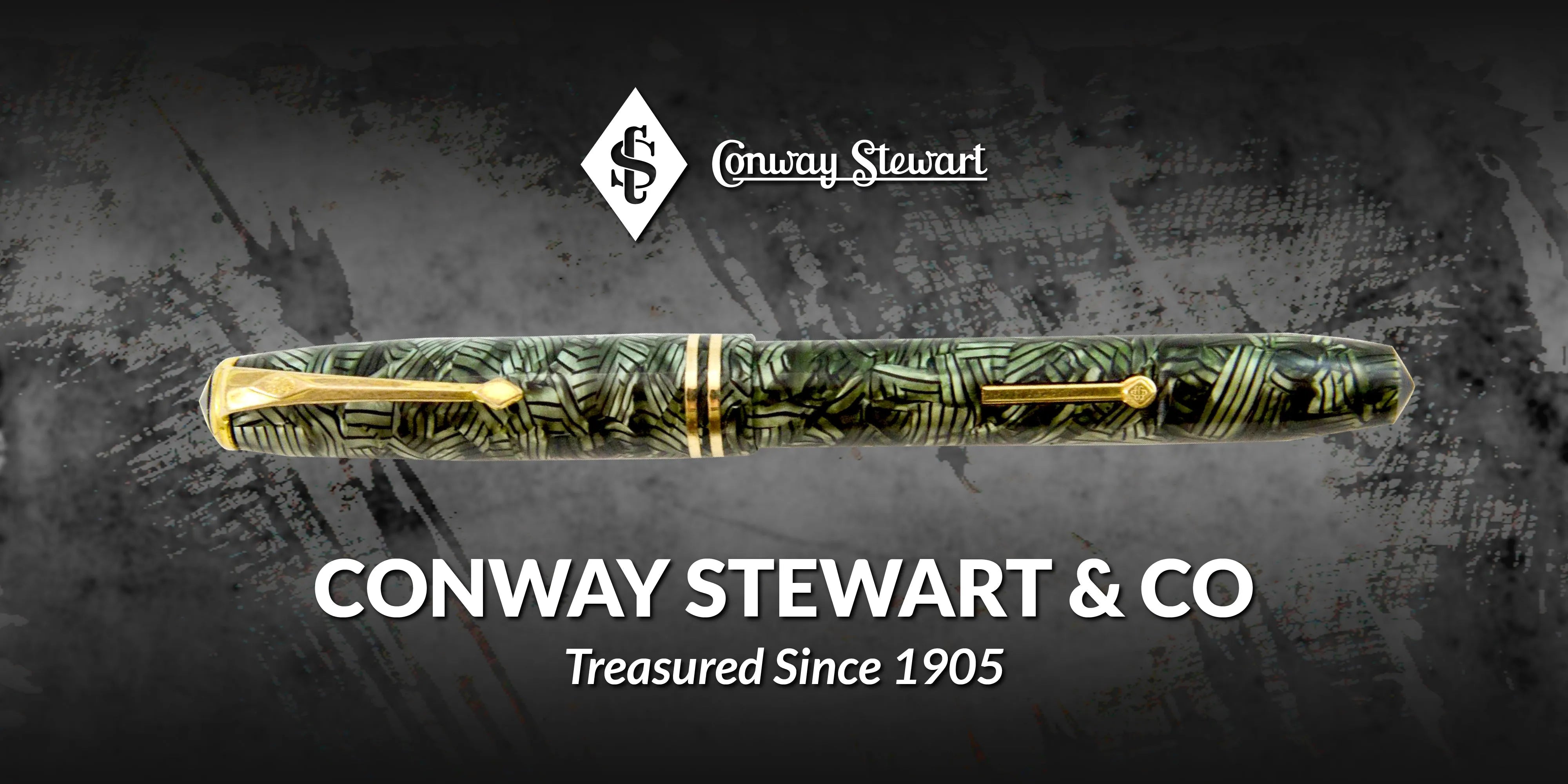
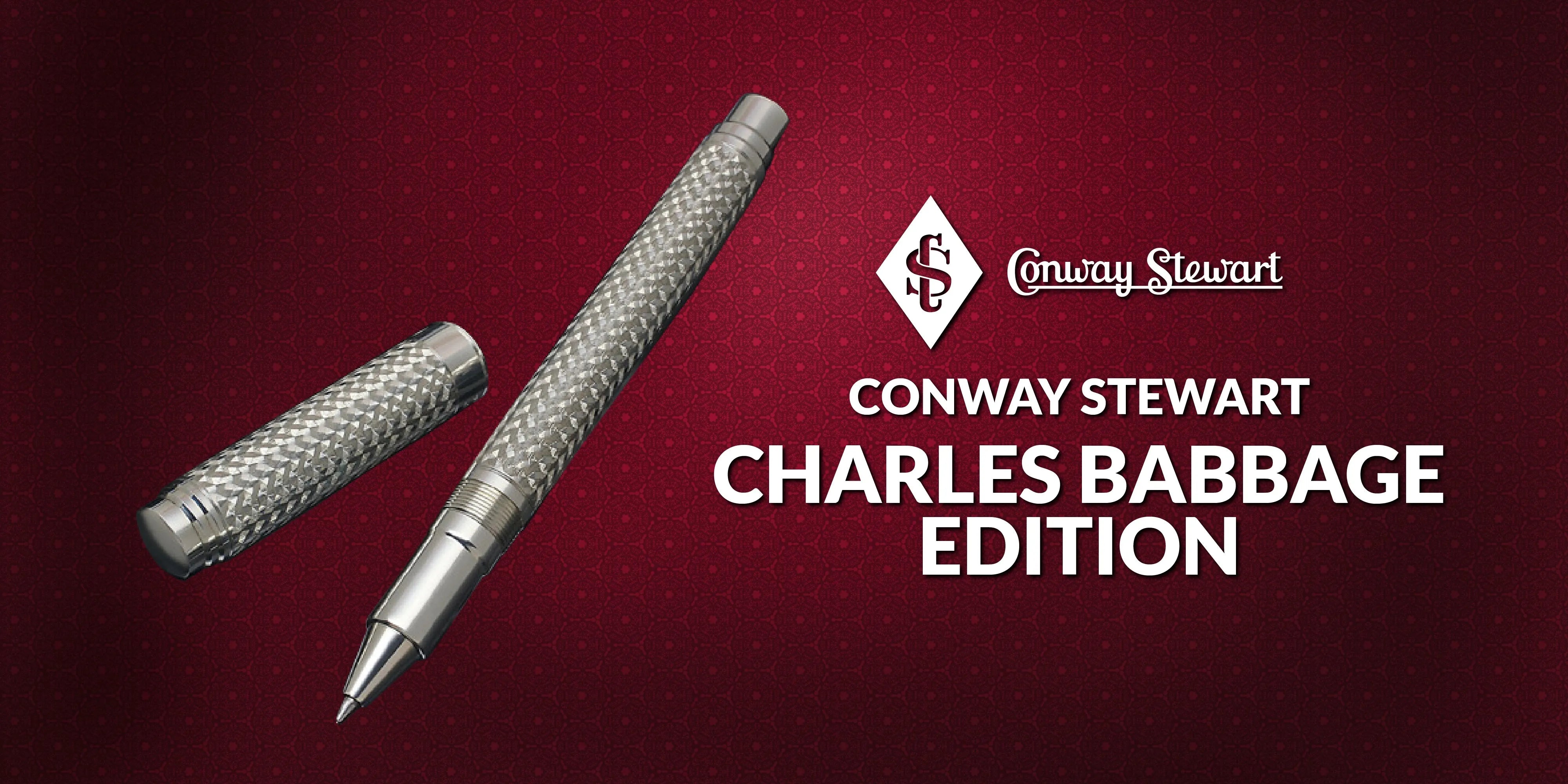


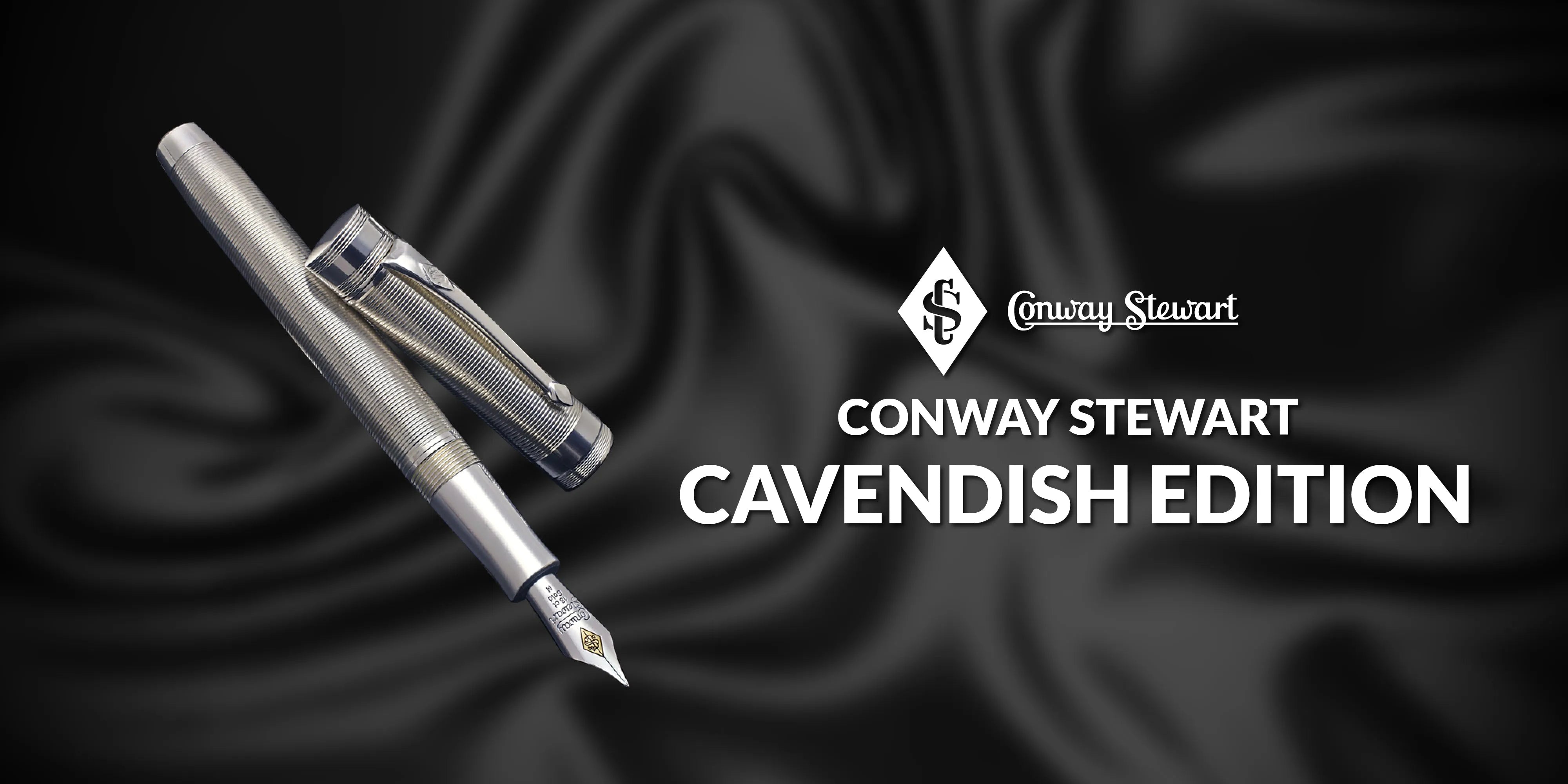
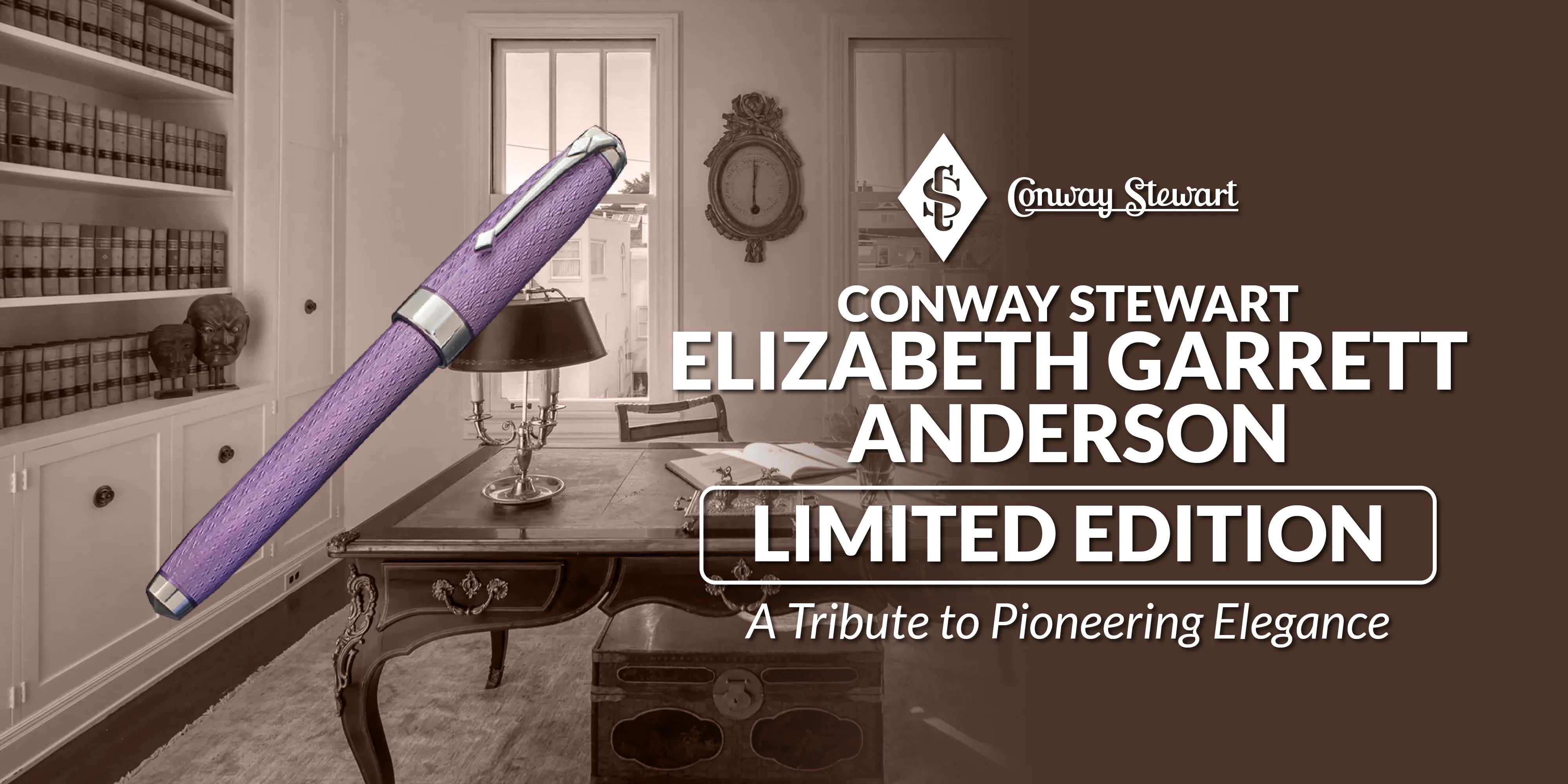


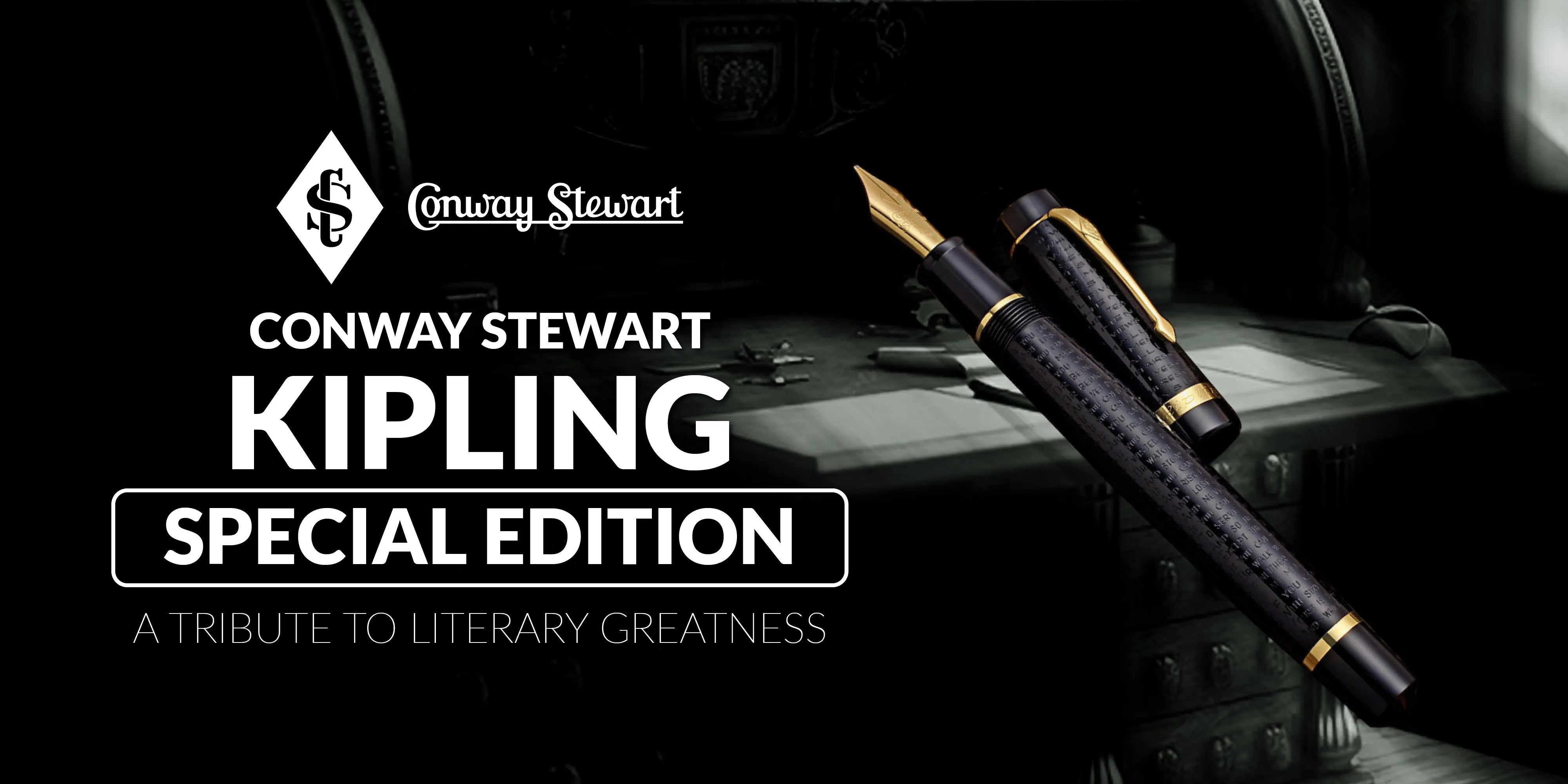
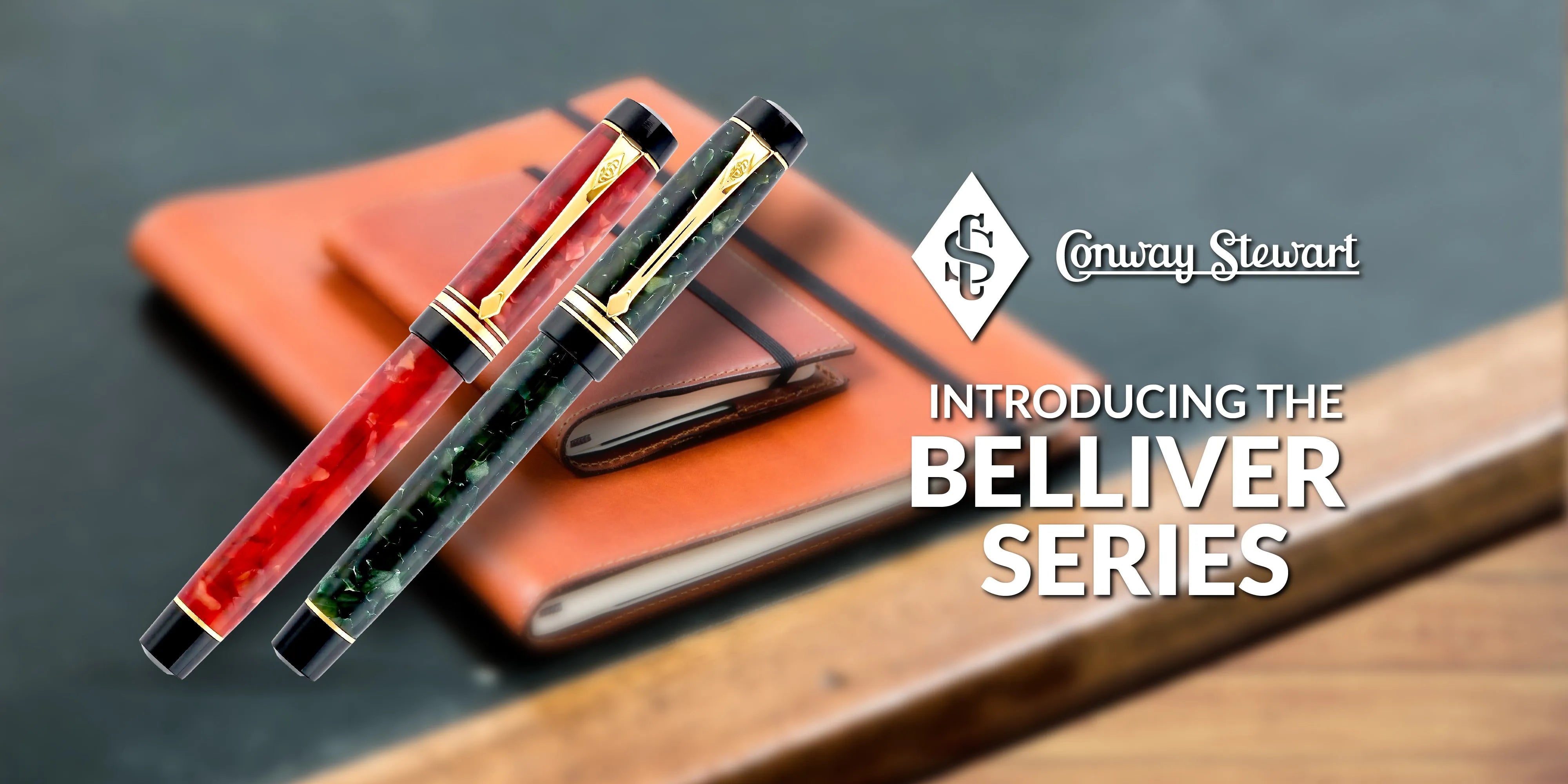

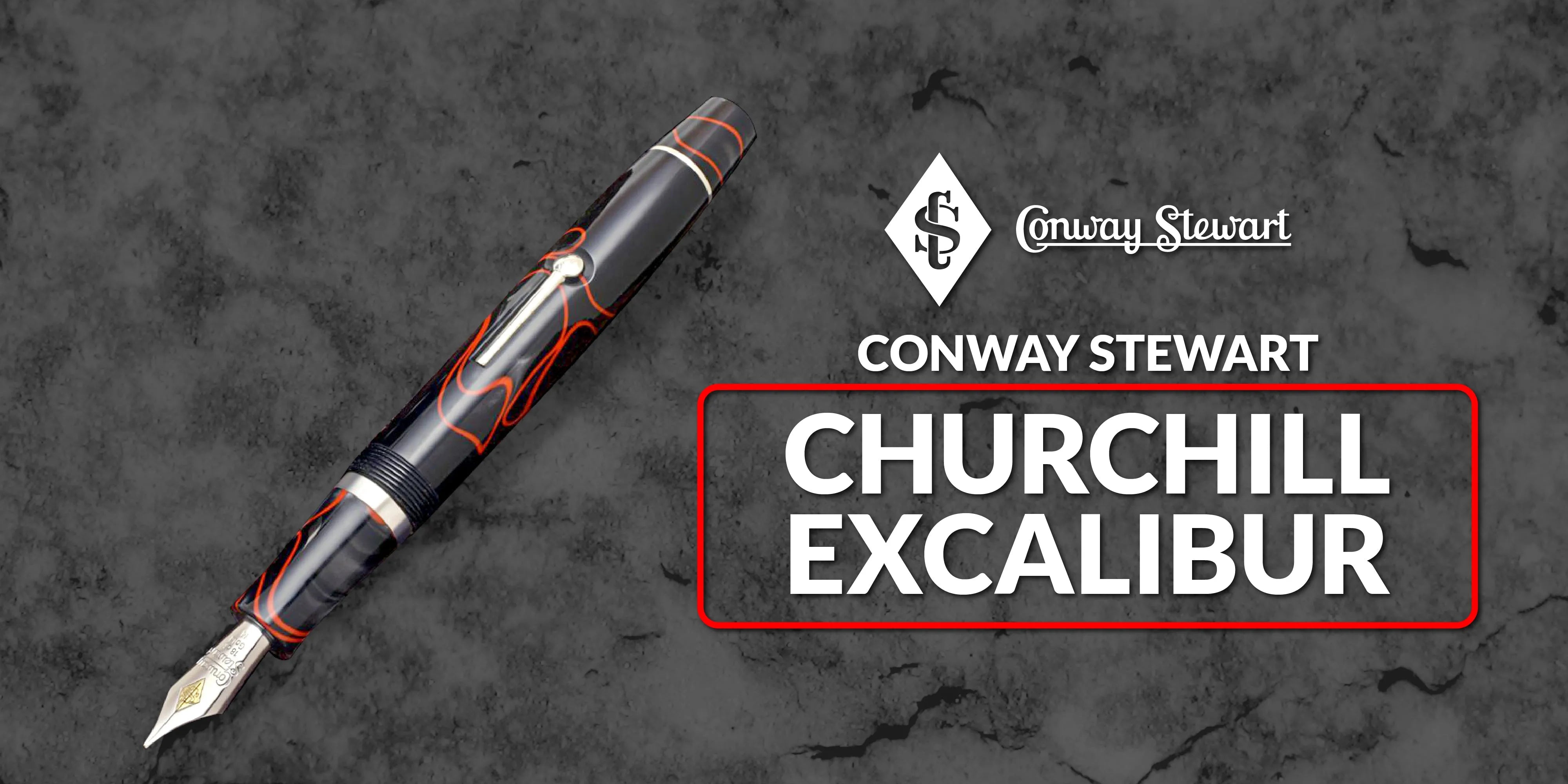



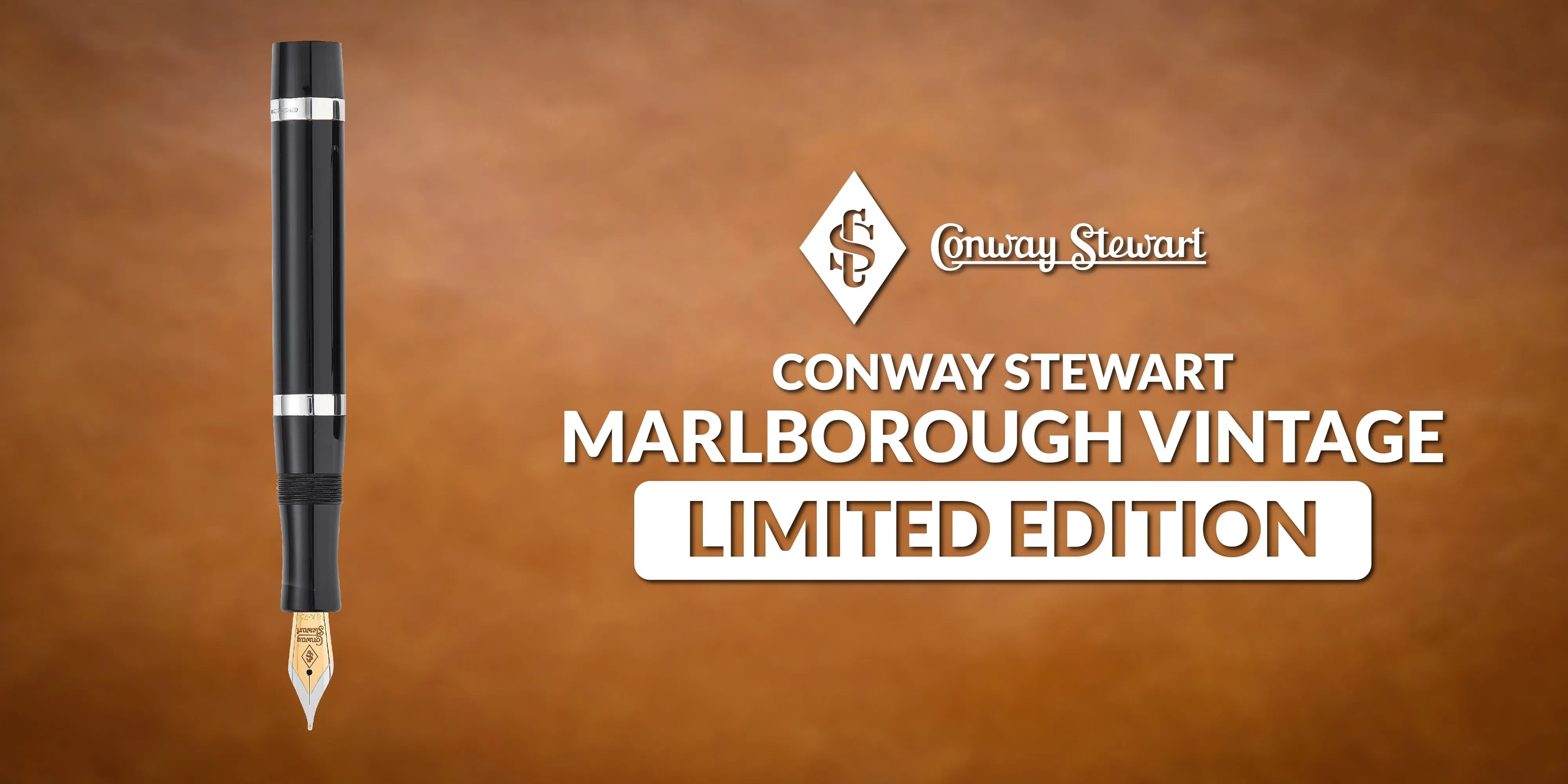



Leave a comment